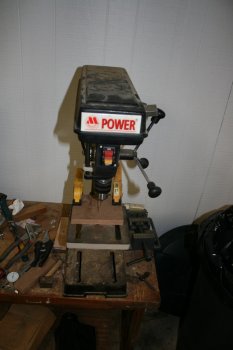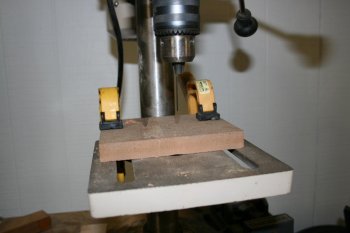sunny_2_75
Member
hello everyone. I am doing a sheath that has a welt, a wedge and a strap that wraps around the outside of the sheath. Where the strap wraps around I have six layes and of course the rest of the sheath taperes. My problem is getting my thread holes to to follow a groove ive placed in the back that matches the front. I want good clean stitching on both sides that line up in the back as well as the front. I used a drill press to drill my holes and tried to get the angle right. Can't believe how this would be done free hand.....how do i do this?


